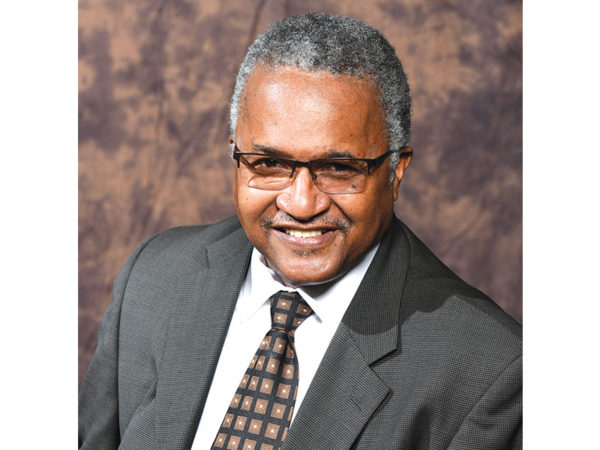We paid a terrible price for school integration. One of our most significant losses was our loss of control of the education of our children.
One of the casualties of the push to integrate schools was the complete control we had over the destiny of our children. Nothing symbolized it more than the death of the Louisiana Interscholastic Athletic Organization also known as the LIALO.
What was the LIALO? It was a statewide program organized by Negro schools and approved by the State Department of Education that staged athletic, academic and literary competitions. In Louisiana, the program was the brainchild of Southern University President J.S. Clark.
There was a white version of the LIALO but it focused only on sports, since most white schools did not share the same cultural barriers to academics as Negroes.
Dr. Clark’s idea was to inspire Negro youth to achieve excellence in athletics but to go one step further, to promote scholarship, and the arts as well through competitions.
The state was organized into divisions and districts according to school size. The competitions included basketball and football, but also included math, science, literature and the performing arts.
Dr. Clark selected 17 men from across the state in 1935 to travel to grant colleges and study how the program worked for both Negro and White Land Grant colleges. Among those selected was 28 year-old Morris Henry Carroll, from Monroe. Who later became principal of Monroe Colored High which morphed into “Henry Clay Carroll High School.”
Here’s how it worked. The Negro high school principal was the premier educator of the parish. He controlled the appointment of the principals of all feeder schools because each was preparing students to merge into the high school program.
The high school used the competitions to guide student achievement. Every feeder school to the high school prepared for the rallies and were focused on achieving academic excellence through competitions.
For example: Since writing and research was a LIALO rally competition in high schools, elementary schools heavily focused on writing paragraphs and one-page reports. Junior High schools learned to prepare two-page book reports and essays. All high school students were required to write research papers at least ten pages in length with ten sources primary and secondary sources. The best researchers and writers represented the school in the statewide competitions.
For it to work every feeder school coordinated with the high school program. In Monroe that meant every elementary and Jr. High program worked through Henry Carroll. The school board did not approve any principal without Carroll’s approval because every elementary school was a microcosm of Caroll High School.
Winning the LIALO rallies was the name of the game. The practices began in elementary school as Negro schools pushed to produce the best mathematicians, writers, dramatists, and thinkers. Athletics was included, but it was just another area of competition.
The rally finals, all held on the campus of Southern University, were exciting and inspiring. Students studied hard to earn honors for their school and trophies, medals, and jackets for themselves.
The program resulted in scores of National merit scholars from Negro schools across the state, legions of professional athletes, and students who defied expections by achieving greatness despite the hardships of Jim Crow.
For Negro educators, the rallies worked to bring out the best in our students, despite a lack of access to equal facilities.
Students prided themselves in winning district championships in math, science, music and the performing arts, just as much as they did winning football or basketball championships. For a student, bragging rights are everything.
Locally, Carroll High School won three state championships in football, numerous district champions, and awards in all categories.
In 1960-70 the LIALO rallies were merged into the LHSAA. Integration arrived the LIALO rallies died. The upside of integration was that Negro schools now competed against white schools and gained exposure in the media for their athletic accomplishments.
The downside was the elimination of academic competitions. The LHSAA would only recognize and promote sports, not academics. None of the LIALO trophies, history or heritage before 1970 was accepted or recognized.
When the LIALO rallies died, and the fire of competition was sufficiently snuffed out.
Today our schools test centers focusing on test scores alone.. Research, poetry, music, art, dramatics, and other fine arts are not included in the measure of a great school and are not reflected in the letter grade of a school.
We asked for school integration because we wanted access to better facilities and equipment. The Supreme Court agreed with us and ruled that separate did not mean equal. We were ordered to integrate, but whenever integration came we, as a race, had to give up programs that worked for us, but never the other way around.
The price we paid for school integration is staggering. We lost control of our schools, and ultimately, the destiny of future generations.


